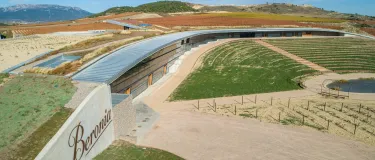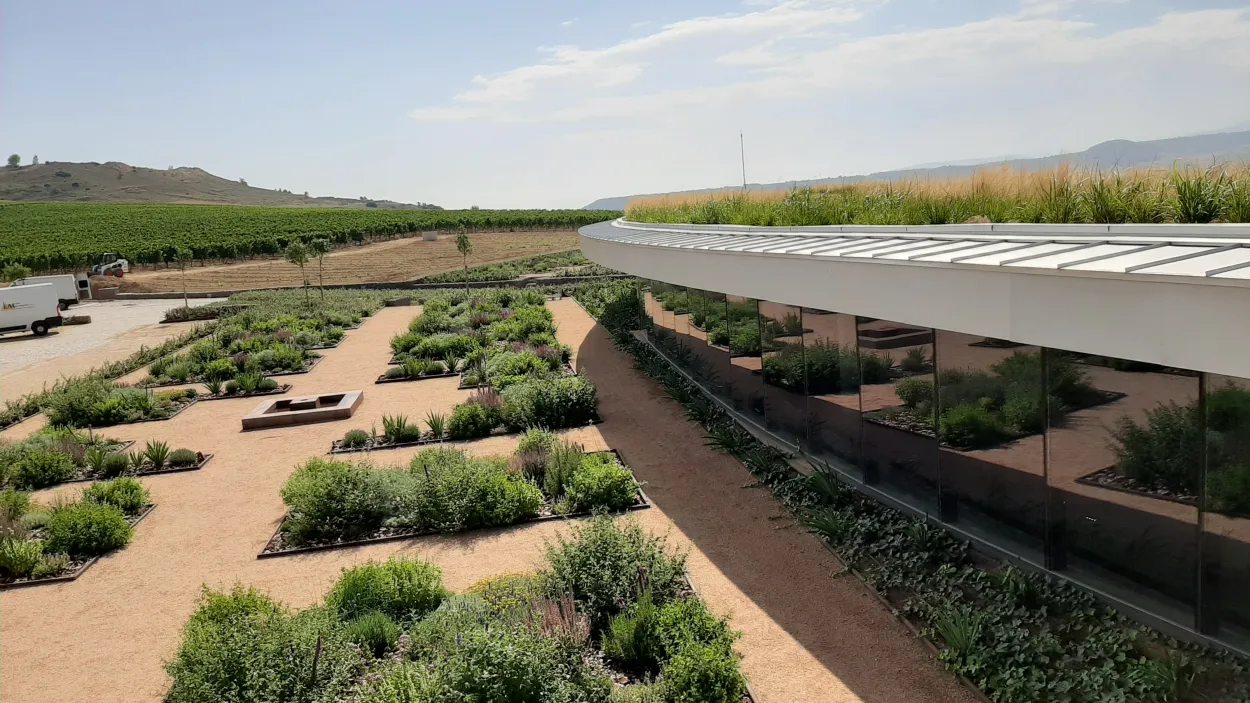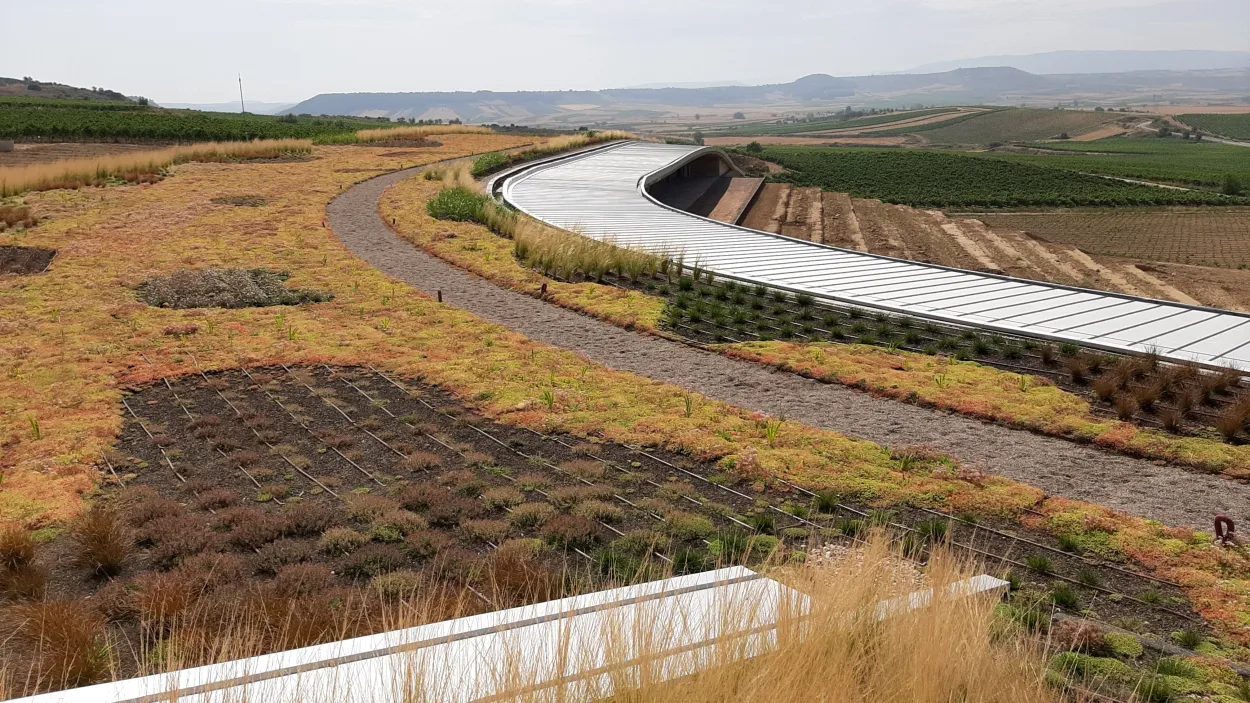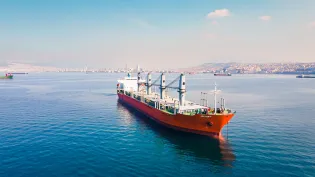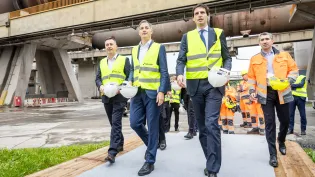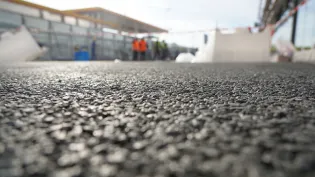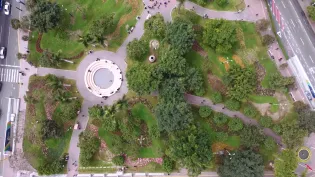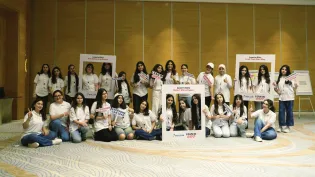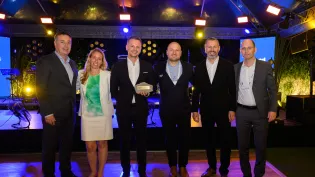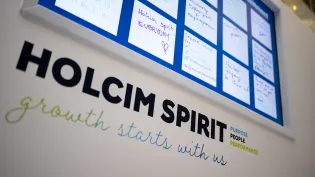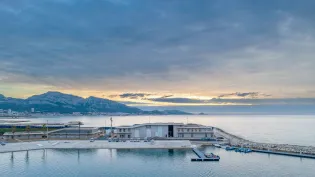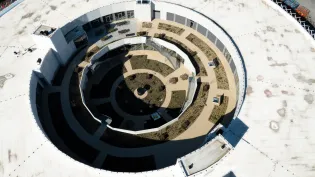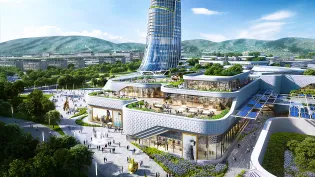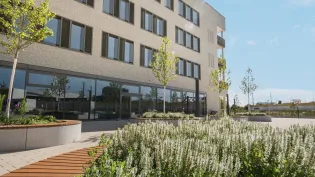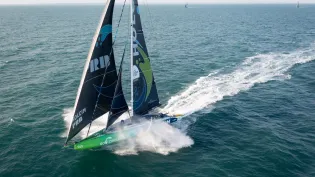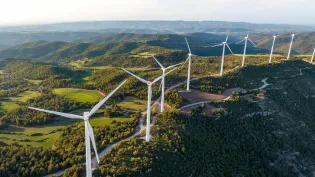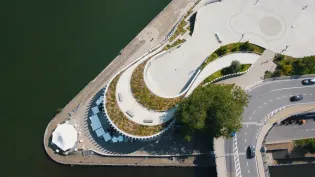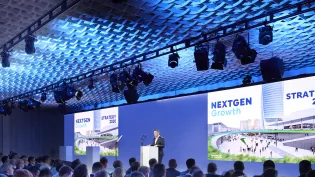Traditional winemaking meets sustainable design in Bodegas Beronia
The Bodegas Beronia winery in Spain’s famous La Rioja wine region is one of the most sustainable ones in Europe. Their new building has a unique architectural design based on energy efficiency standards and respect for the environment. Conceived to meet high-quality wine production with the latest technology, as well as the growing demand for wine tourism, Holcim’s high-value building solutions enabled a green roof that is durable, energy-efficient, climate resilient and highly aesthetic.
RubberGard EPDM roofing membrane ensures low carbon footprint and durability
ZinCo’s Floradrain® FD 25-E drainage element distributes and stores water
First winery in Europe to receive a LEED certification
Sustainability at the heart
Founded in 1973 by a group of friends passionate about good quality wine, Bodegas Beronia recently underwent an expansion process. Sustainability is one of the main values of Bodegas Beronia, which is why one of the key requirements for this extension project was to exert minimal impact on the landscape and the environment.
Spanish architecture group IDOM designed a building that takes advantage of the unevenness of the plot and is structured around two large blocks. The social and wine tourism area is located above ground level while the productive part, the winery itself, is below ground level, half-buried under a vegetal cover that allows it to integrate perfectly into the surrounding vineyards.
The building’s design incorporates sustainable aspects such as the generation of heat through a biomass boiler, the reutilization of rainwater for watering the vineyards, gravity-feed grape reception, reinforced thermal insulation, passive solar protection, natural illumination of interior areas combined with LED lighting regulated by photoelectric sensors, etc.
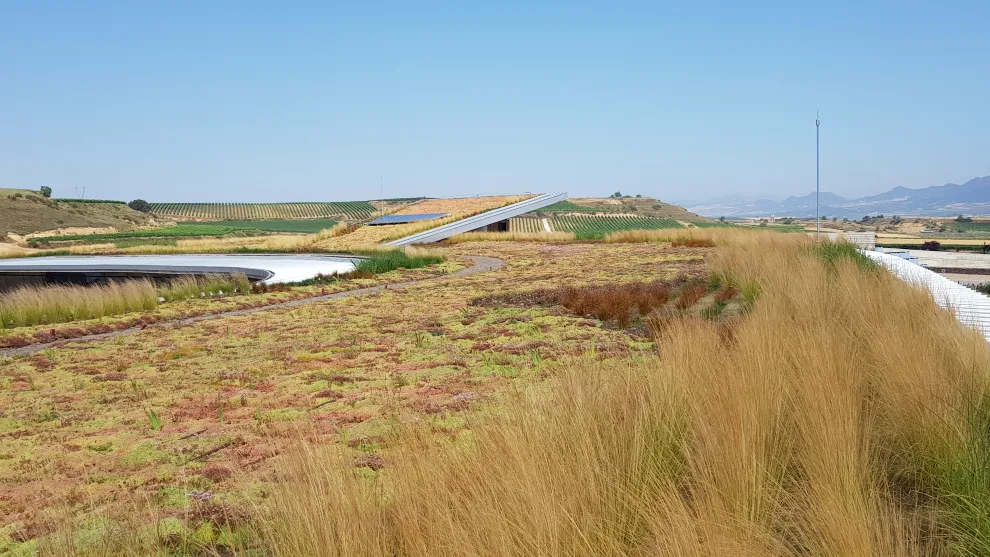
copyright © ZinCo GmbH
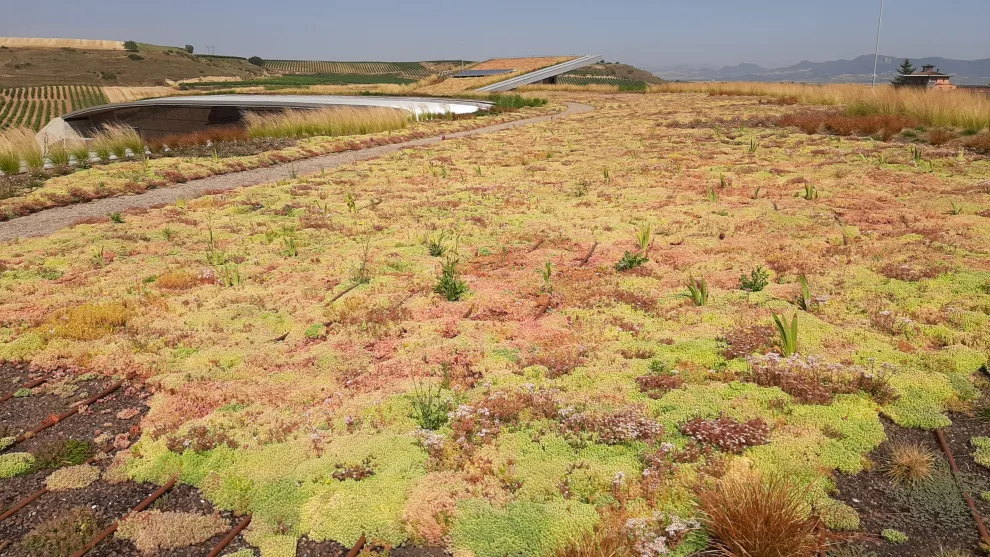
Green roof enabled by Holcim
Green roofs cool down and insulate buildings. They reduce noise and create habitats for birds and insects. They provide effective water management. And they add to the visual splendor of buildings. To make them last, they need to be designed carefully and installed on a durable and root-resistant roofing membrane.
The Elevate RubberGard EPDM roofing membrane was selected especially because of its low carbon footprint, FLL-approved root resistance and extraordinary life expectancy to achieve the project’s high environmental demands and provide a durable and reliable basis for the green roof system. Drainage elements were incorporated into the roof build-up to distribute and store rainwater.
This laid the perfect foundation for ZinCo’s “Rockery Type Plants” extensive green roof system. ZinCo’s drainage element Floradrain® FD 25-E was the ideal basis for the flat roof surface, while in the few areas with a sloping roof the Floraset® FS 75 drainage element was used.
The vegetation selected for the roof includes ground cover plants, perennials, grasses and aromatic plants with low water requirements, reflecting the greenery found in the surrounding and allowing the roof to blend seamlessly into the environment. The green roof also offers visitors a wonderful view of the old winery building.
DID YOU KNOW?
ZinCo was a pioneer in the green roof market with its first core Environmental Product Declaration (EPD) in 2020. An EPD is an independently verified document that communicates a product’s environmental impact—think of it as the equivalent of a nutrition facts label for construction materials. With the latest 2025 verification, almost all products within the ZinCo green roof systems are now included, enabling customers to access comprehensive Life Cycle Assessment (LCA) data, including project-specific versions, in a well-structured format. Learn more about what an EPD is and why it matters here.
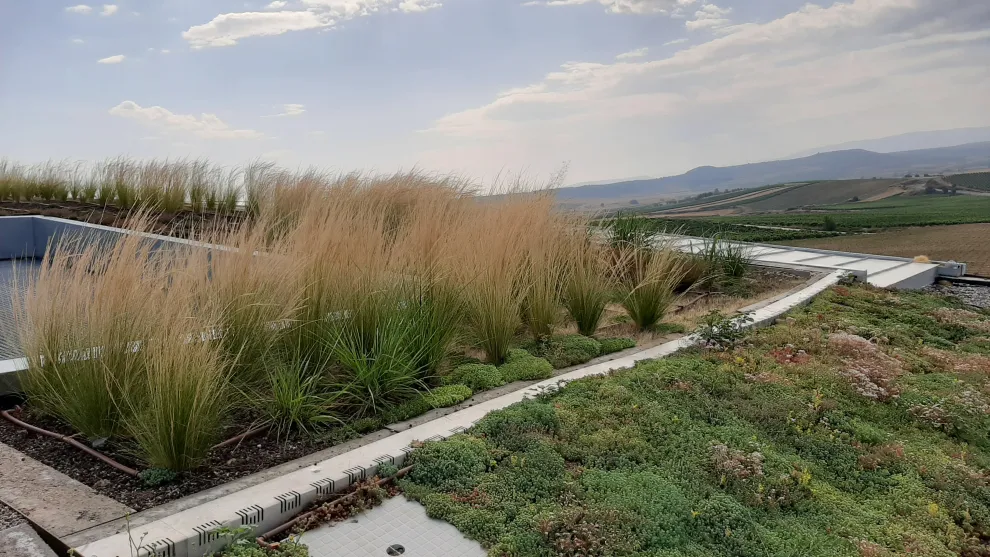
© ZinCo GmbH
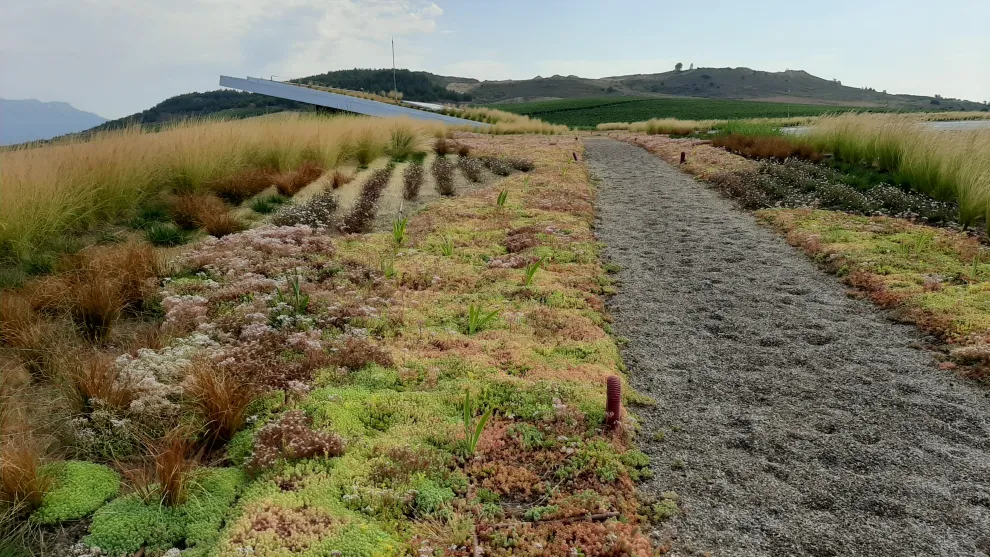
aging LIKE A FINE WINE
In La Rioja, warm days and soft Mediterranean breezes are followed by dramatically cooler nights. This allows grapes to ripen slowly and evenly over time, giving them complexity and structure. RubberGard EPDM offers an outstanding resistance to ozone, UV radiation and extreme variations in temperature, allowing it to stand the test of time and age like a fine wine. Its longevity allows us to slow down the loop of resources, while its durability and constant flexibility allows it to be easily reused. And above all: it’s recyclable.
One of the most sustainable wineries in Europe, the new Bodegas Beronia building received the international LEED certification, the Wineries for Climate Protection (WfCP) certification, as well as other local certifications in the wine sector. The project was also a finalist at the International Design Award (IDA) and the World Architecture Festival Awards in the category “Production energy and recycling - Completed Buildings”.





